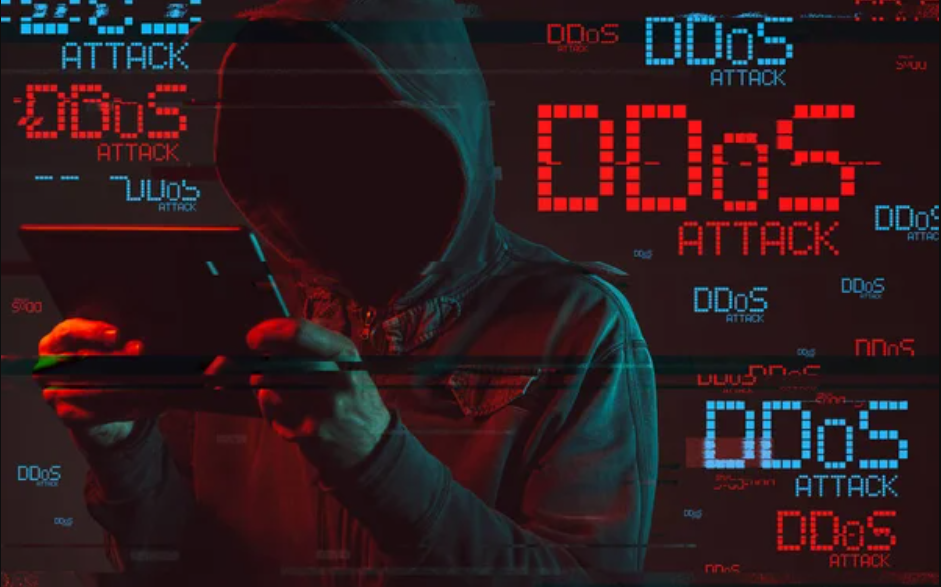Blockchain technology faces a growing threat from distributed denial-of-service (DDoS) attacks, but strategies exist to combat these challenges. Manta Pacific, a burgeoning layer 2 blockchain platform, recently experienced a significant event: the launch of its MANTA governance token via an airdrop. This was a first-time interaction with the blockchain for many participants, and the platform aimed for a seamless experience. However, the initiative was marred by a DDoS attack that overwhelmed the network with excessive traffic, causing transaction fees to spike and delays for users.
Kenny Li of p0x Labs, a significant contributor to Manta Network, shared the ordeal with DL News, highlighting the network’s struggle during the attack. This incident underscores a broader issue that blockchains, especially those linked to the finance and telecommunications sectors, are increasingly facing. StationX’s report indicates a 74% surge in DDoS attacks in 2023, with the crypto sector being particularly targeted, as noted by Cloudflare.
DDoS attacks aim to disrupt a network by bombarding it with a flood of internet traffic, distinguishing them from normal congestion through their malicious intent. For blockchains, this means an overload of transactions or requests that block legitimate operations. The attack on Manta, involving 500 million requests over four hours, starkly contrasts with its daily transaction volume of 150,000.
These attacks can be financially motivated, with attackers potentially profiting from the ensuing chaos by shorting the blockchain’s native tokens or by hindering profitable transactions on the network. However, motivations can also extend to demonstrating technical skill, seeking to discredit a blockchain, or ideological reasons.
Defending against DDoS attacks involves several strategies. Setting appropriate transaction fees can deter attackers by making it cost-prohibitive to flood the network with transactions, a tactic Ethereum has used effectively. For newer blockchains with lower transaction costs, finding alternative solutions becomes crucial. Decentralizing critical network components and implementing rate limiting or throttling to manage incoming transaction requests are vital steps. Commercial solutions that detect and mitigate abnormal traffic patterns also play a role in safeguarding against these attacks.
In the wake of its DDoS attack, Manta is working with authorities and legal counsel to address the incident, underscoring the importance of accountability in enhancing network security. Through a combination of technical solutions and regulatory cooperation, blockchains can fortify themselves against the threat of DDoS attacks, ensuring stability and reliability for users and stakeholders.





